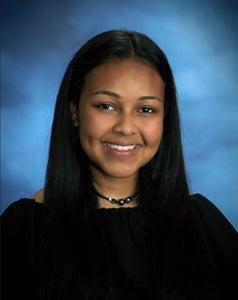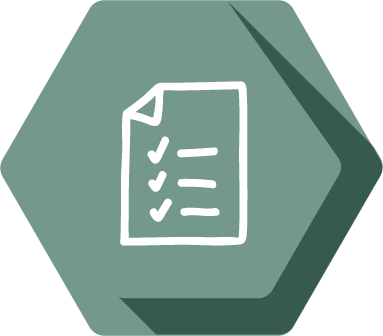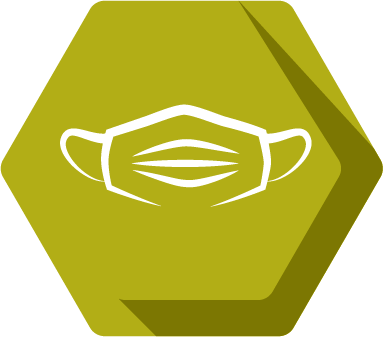Lina Magid

Pronouns: she/her
Research Mentor(s): Natasha Johnson, Postdoctoral Fellow
Research Mentor School/College/Department: , School of Public Health
Presentation Date: Thursday, April 22, 2021
Session: Session 3 (1pm-1:50pm)
Breakout Room: Room 11
Presenter: 2
Abstract
When most people think of racism, the first thing that comes to mind is interpersonal racism, which is a type of racism that occurs when an individual’s own racially biased thoughts are forced upon others around them in ways such as unfair treatment. What most people fail to see is that racism is much larger than that. Racism is a multifaceted system that assigns value, structures opportunities, and unfairly disadvantaged individuals based on their perceived race. Since racism is so prevalent, it’s often inescapable for people of color, and since it’s multifaceted, it has multiple implications for people of color. These implications range from the school to prison pipeline to health disparities. The purpose of our research is to develop a scale that specifically measures Black youth’s understanding of racism, inclusive of its multiple forms. In the past, certain scales have had a tendency of not being generalizable to the population in question. In order to create a scale that can accurately capture all aspects of racism, our team has to create multiple questionnaires and then schedule interviews with Black youth to see if any of our questions are capable of accurately capturing what these youth have experienced. After generating an appropriate questionnaire, the next step of our research would be to determine the validity of our scale in hopes that it could be used by others. Our main goal is to develop a scale that’s able to have multiple implications in the real world, but we are also hoping that the findings of this scale would be generalizable to all Black youth. We hope our scale can be used by schools to help their students unpack racial inequality, we also hope that it can be used by mental health professionals to help guide their communication and treatment plans. In other words, we want this scale to be used by others to tackle racism’s multiple dimensions.
Authors: Lina Magid
Research Method: Survey Research






